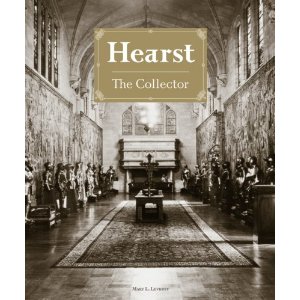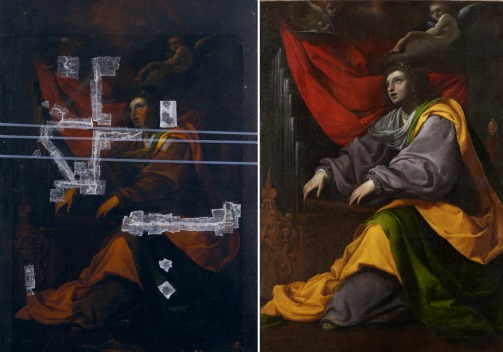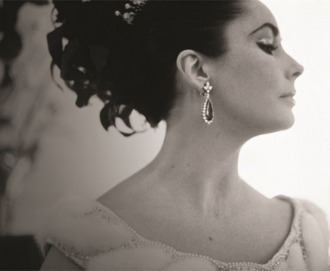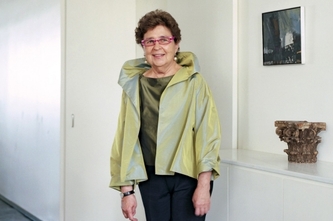I’d venture that a $25,000 prize means a lot to the author of an art book, and that’s what Mary L. Levkoff (below) just won: The Frick Collection’s Center for the History of Collecting* announced last Tuesday that Levkoff’s book, Hearst the Collector, was chosen as the winner of the second Sotheby’s Book Prize.
 Levkoff, since 2009 the curator of sculpture and decorative arts at the National Gallery of Art in Washington, wrote the book while she was curator of European sculpture and classical antiquities at the Los Angeles County Museum of Art; LACMA present a show with the same title in 2008-09.
Levkoff, since 2009 the curator of sculpture and decorative arts at the National Gallery of Art in Washington, wrote the book while she was curator of European sculpture and classical antiquities at the Los Angeles County Museum of Art; LACMA present a show with the same title in 2008-09.
The award will be presented to Levkoff on Dec. 6, but in announcing it, the Frick’s new director, Ian Wardropper, noted that “The Center’s book prize further strengthens this area of study by acknowledging–and perhaps inspiring–relevant new publications.” Amen to that.
Sotheby’s committed to supporting the prize, awarded every two years, in 2009, and the first winner — Julia Meech, author of Frank Lloyd Wright and the Art of Japan: The Architect’s Other Passion — was announced that fall.
 When I last wrote about the Center here, in 2009, is was after I’d attended an excellent symposium on the collecting of Dutch Golden Age art in the U.S. Since then, there have been many more symposia, forums and other events — I’ve attended parts of some of them — and it has grown in other ways, such as making available an online database of dealer and collector archives, offering fellowships, starting the Archives Directory for the History of Collecting, and making plans for oral histories of collectors.
When I last wrote about the Center here, in 2009, is was after I’d attended an excellent symposium on the collecting of Dutch Golden Age art in the U.S. Since then, there have been many more symposia, forums and other events — I’ve attended parts of some of them — and it has grown in other ways, such as making available an online database of dealer and collector archives, offering fellowships, starting the Archives Directory for the History of Collecting, and making plans for oral histories of collectors.
The next symposium is set for March, a two-day event called “The Dragon and the Chrysanthemum: Collecting Chinese and Japanese Art in America.”
Want to know more? About a year ago, ArtInfo conducted an excellent interview with the Center’s director Inge Reist (whom I count as a personal friend).
*I consult to a foundation that supports the Center

 That’s when the trouble began. According to a press release,
That’s when the trouble began. According to a press release, But when Christie’s charges $30 per ticket to see 850 items once owned by Elizabeth Taylor — “including [her] legendary jewelry, haute couture, ready-to-wear fashion, handbags and accessories, and a selection of decorative arts, and film memorabilia being sold in the live auction” for four days, Dec. 13-16, no one says boo. No one complains that the tickets to the exhibition (Dec. 3 through 12) are available only online, are timed and offer no discounts to students or seniors. Oh yes, and add the $30 cost of a “printed gallery guide.” (The catalogues for the four-day sale cost $300.)
But when Christie’s charges $30 per ticket to see 850 items once owned by Elizabeth Taylor — “including [her] legendary jewelry, haute couture, ready-to-wear fashion, handbags and accessories, and a selection of decorative arts, and film memorabilia being sold in the live auction” for four days, Dec. 13-16, no one says boo. No one complains that the tickets to the exhibition (Dec. 3 through 12) are available only online, are timed and offer no discounts to students or seniors. Oh yes, and add the $30 cost of a “printed gallery guide.” (The catalogues for the four-day sale cost $300.) 